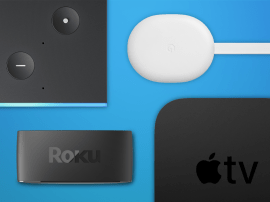CMF Phone 1 review: cheap and cheerful can be a very good thing
Affordable internals under a modular skin make this something of a bargain
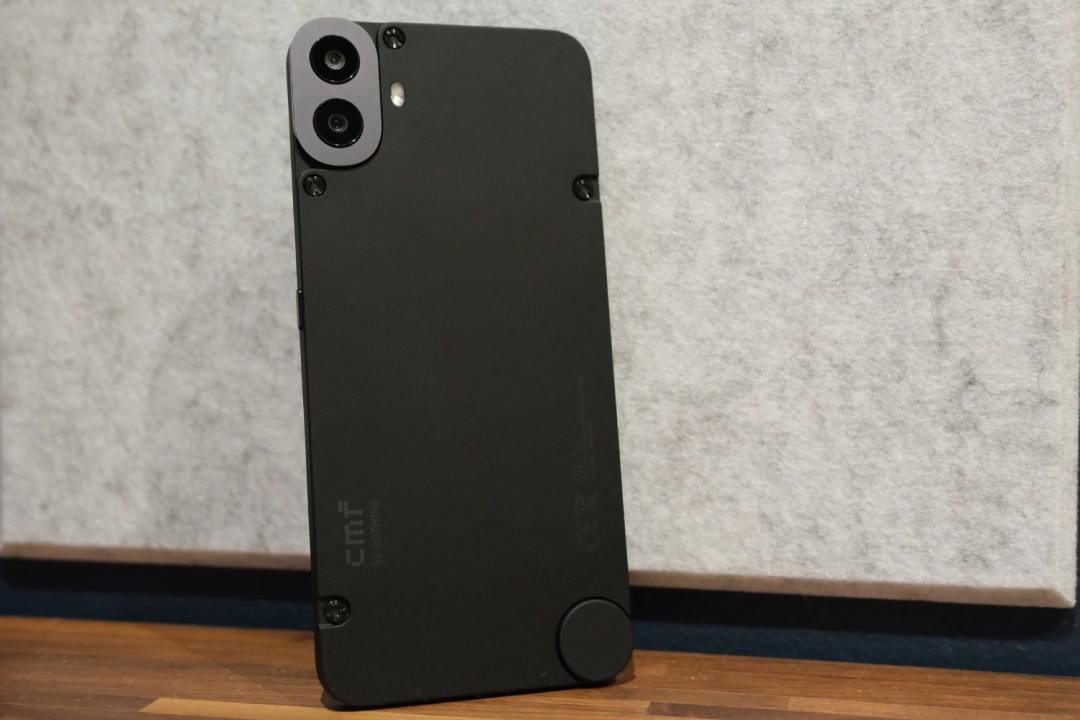
Stuff Verdict
Proof that decent budget phones still exist. Some clever accessories set the CMF Phone 1 apart from cheap rivals; great performance, long battery life and a gorgeous screen better almost all of ’em.
Pros
- Performance and longevity you don’t expect for the money
- Eye-pleasing OLED display from a class above
- Screw-on accessories a neat design twist
Cons
- Speaker only mono
- Software update promise could be longer
Introduction
What the tech world defines as a cheap smartphone has been stretched more than a bungee rope lately. One-time bargains like the Google Pixel A-series have long since moved up to mid-range territory; the few true budget handsets that remain use pitifully weak hardware and cookie cutter designs. Nothing’s value-minded sub brand wants to change that.
The CMF Phone 1 dilutes down the already affordable Nothing Phone 2a to the bare essentials, without compromising everyday usability – or skimping on software. Then it adds back in some unique elements that set it apart from the low-cost competition, including interchangeable casings and a devilishly simply modular accessory system. And all for a good £100 less than the current budget phone high water mark.
Landing at £209, does this shake up the entry-level in a way I’ve not seen since the original Moto G?
How we test smartphones
Every phone reviewed on Stuff is used as our main device throughout the testing process. We use industry standard benchmarks and tests, as well as our own years of experience, to judge general performance, battery life, display, sound and camera image quality. Manufacturers have no visibility on reviews before they appear online, and we never accept payment to feature products.
Find out more about how we test and rate products.
Design & build: no screw loose here

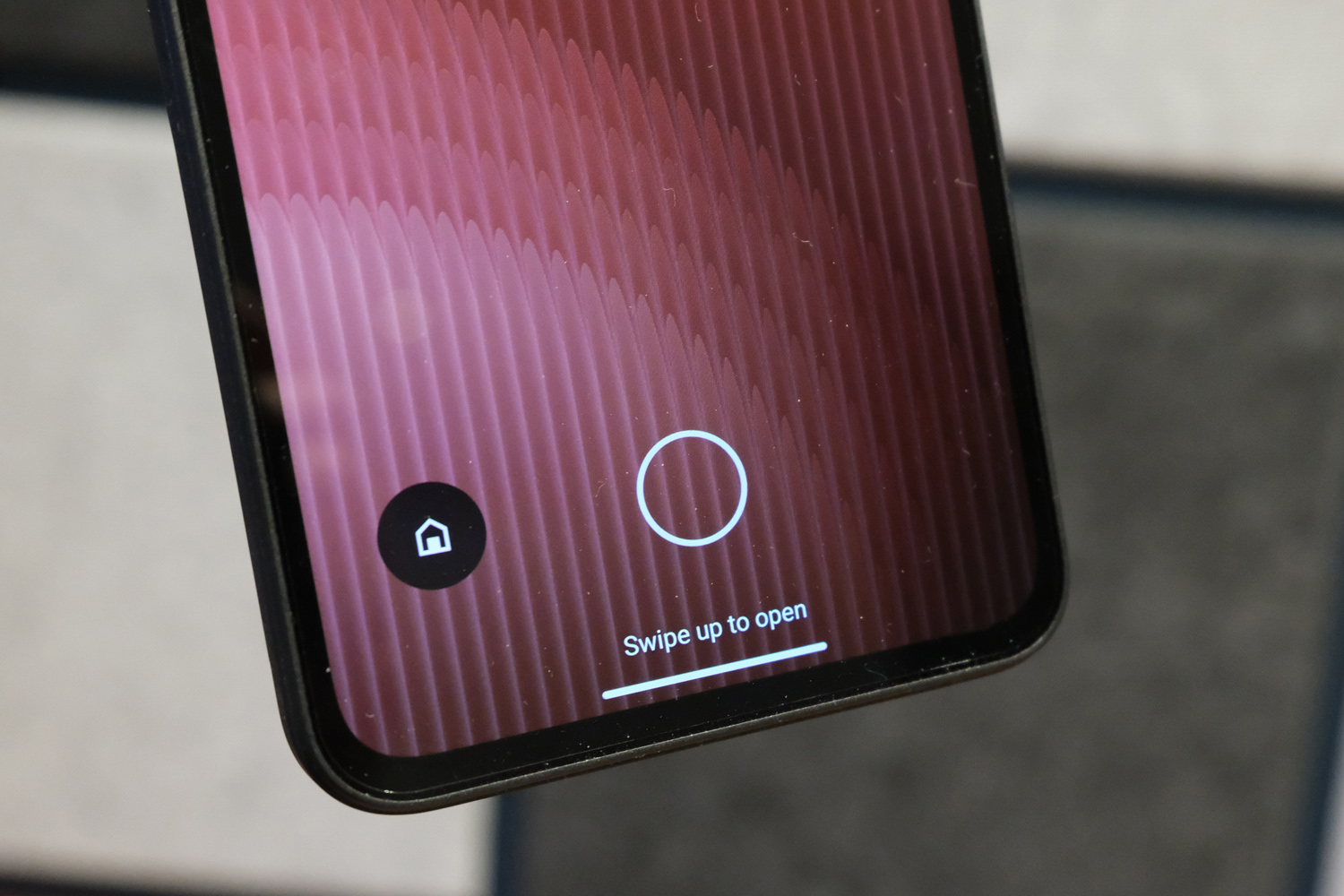
The CMF Phone 1 is a refreshing change of pace from the plastic-backed dreck selling for similar cash. My black review unit’s outer case is is made from polycarbonate – but the nice kind, which doesn’t feel at all cheap, resists fingerprints well, and is reassuringly grippy. The Meccano-esque camera bump is simple yet effective, the CMF branding is super subtle, and the exposed screws hint at the phone’s modular nature.
A screwdriver isn’t included in the box, which wasn’t a surprise given the razor-thin margins at this end of the smartphone price spectrum. Each of the optional case accessories (£29) include one as part of the SIM tray removal tool, though. You can choose between Black, Light Green, Orange and Blue colours – the same as the phone itself, although CMF is only selling the blue Phone 1 in India. The Orange and Blue versions add a vegan leather outer layer.
Prying off the stock case and fitting another is the work of a minute or two. It also makes accessing the battery so much easier than almost any rival, save for the repair-minded Nokia G42. CMF hasn’t announced plans to sell batteries directly to customers just yet, though.
Then there’s the twist-off accessory port, which lets you bolt on things like lanyards (£19) or kickstands (£19). My highlight is the clever card case (£19), which replaces your wallet and adds a MagSafe-compatible ring magnet to the back of the phone. There’s no wireless charging here, but being able to use MagSafe selfie sticks, ring holders and phone mounts is a real boon for a cheap phone. Also, with this accessory in place I can forgive the lack of on-board NFC, as you can contactless payments in pretty much the same way as you would with an NFC-equipped phone.
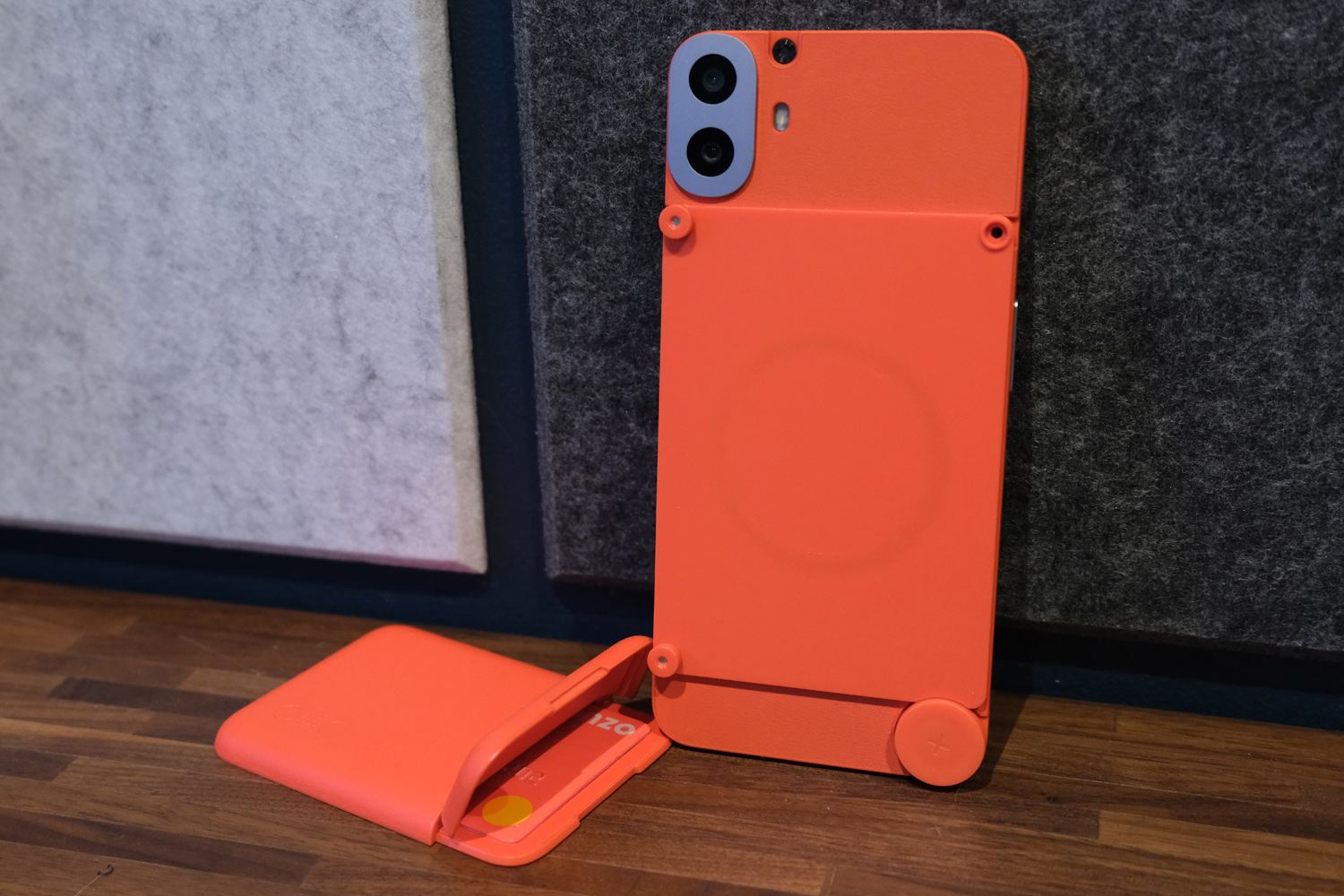
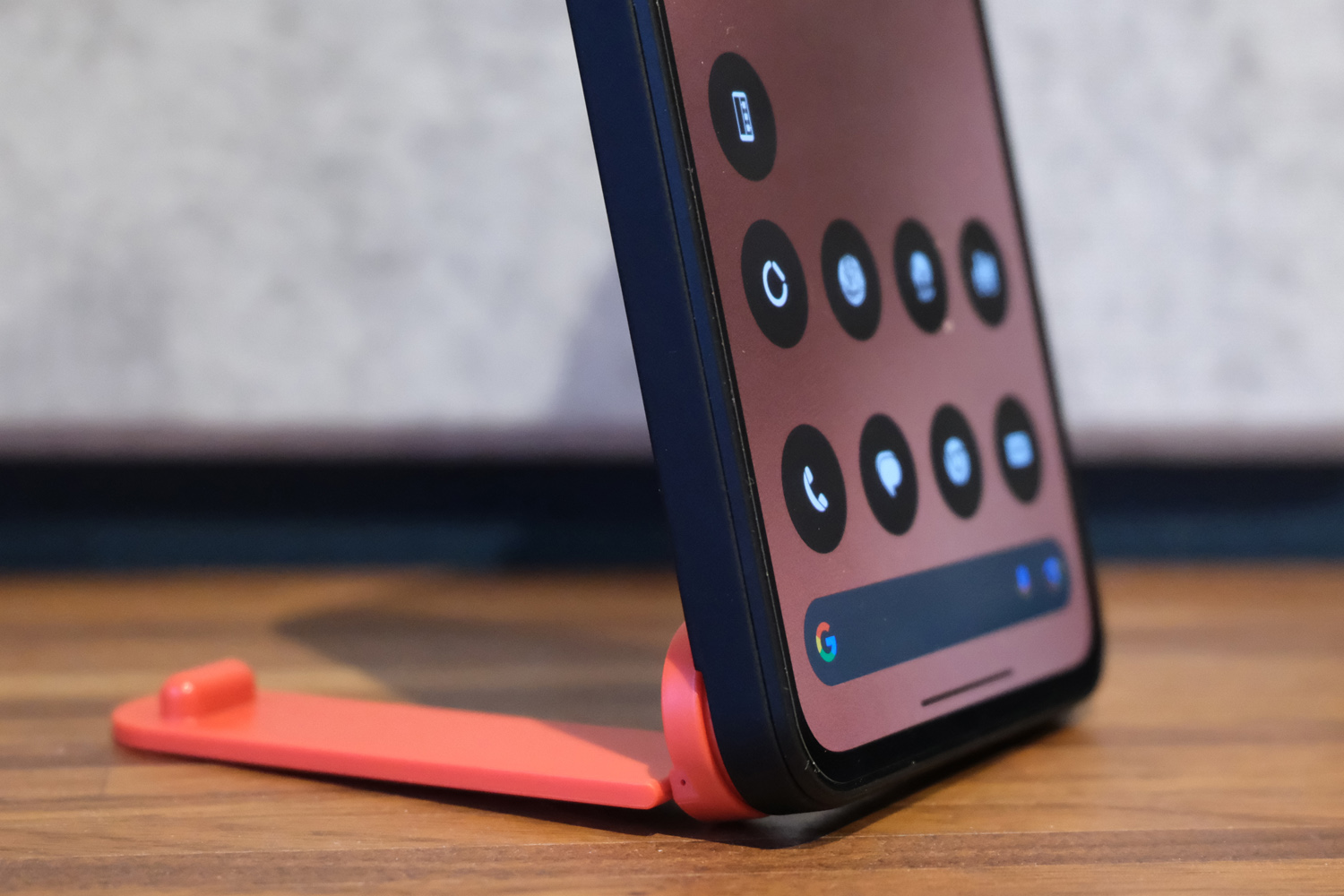
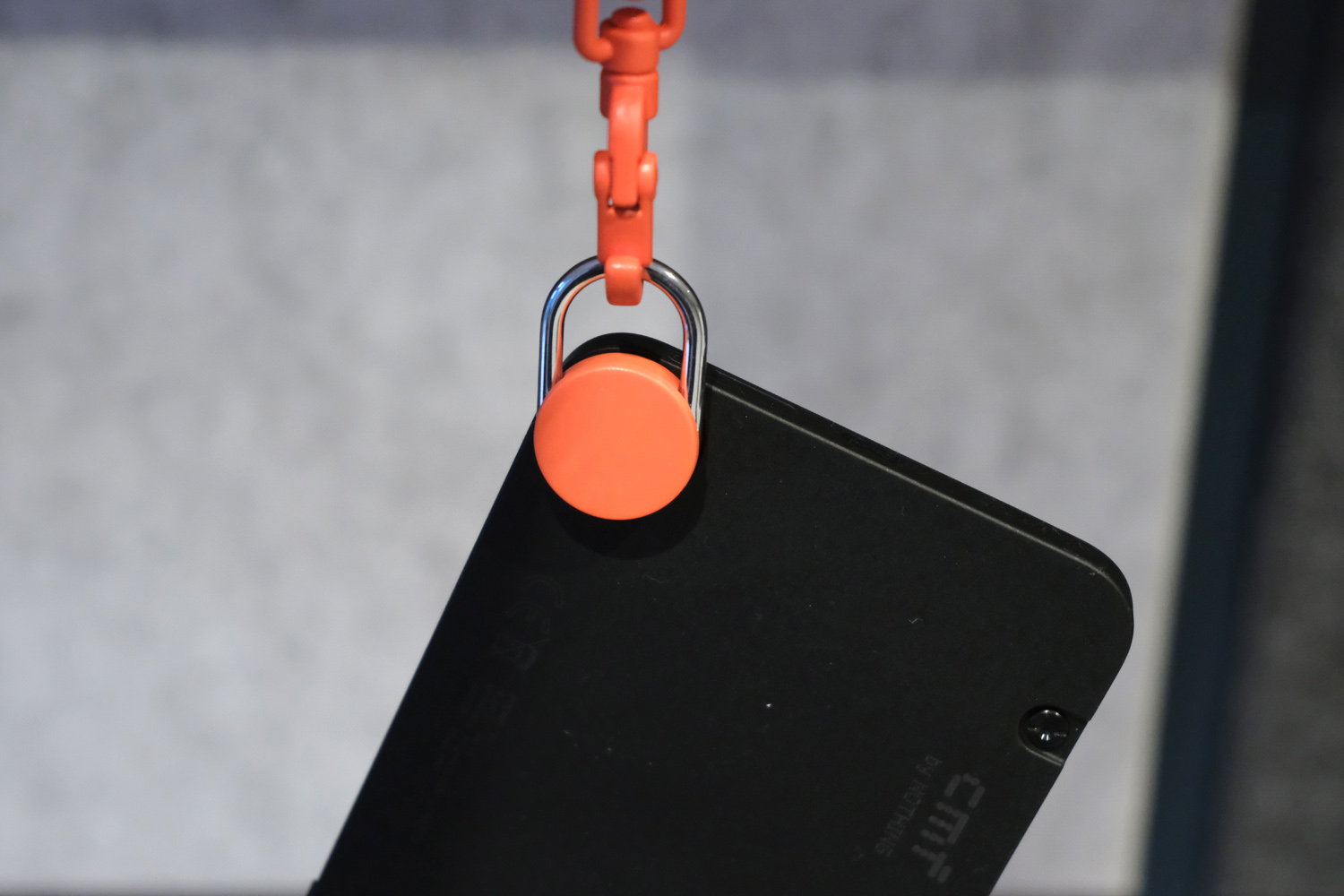
You don’t get Nothing’s distinctive glyph lighting here – those remain exclusive to the mothership’s mainline models. The modular construction also limits water resistance to a basic IPX2 rating, which means anything more than dripping water could spell bad news for the internal electronics.
An under-display fingerprint sensor is a welcome feature cribbed from the mid-range, at a price where rivals typically go with side-mounted sensors built into their power buttons. Phone 1’s sensor was just as quick to recognise my prints as the Nothing Phone 2a; I wouldn’t be surprised if they’re using the same hardware.
The CMF is no less pocketable than any other affordable phone, at barely more than 8mm thick. The flat, iPhone-like sides also gave me plenty to grasp on to, and there’s a satisfying heft to it, despite the use of plastics. It certainly has more character than either the Motorola G85 or OnePlus Nord CE4 Lite, which both cost around £100 more.
Screen & sound: class-leading clarity

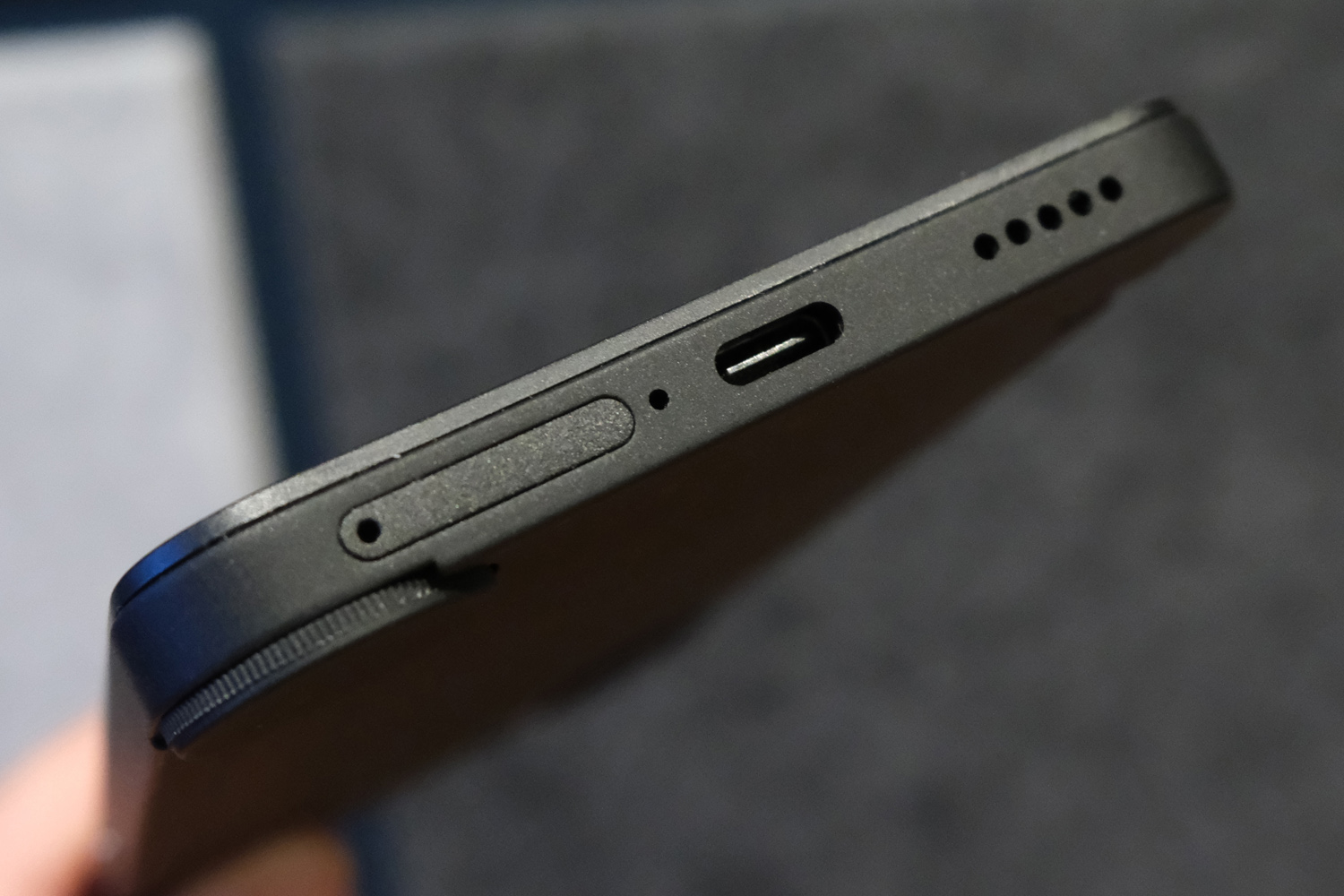

Budget phones with OLED screens are like Oscar-nominated Marvel movies – not unheard of, but nowhere near as common as you’d think given how many have been made. The Samsung Galaxy A25 gets closest to matching the CMF Phone 1’s asking price, but only when heavily discounted from RRP. Other rivals make do with lower resolution, lower refresh rate LCD panels. You’re getting a heck of a display for your money here.
At 6.67in it’s only a tad smaller than the current crop of flagship phones, while the 2400×1080 resolution also punches above its weight with crisp, detailed images. A dynamic 120Hz refresh rate then kicks in quickly when scrolling through web pages and swiping through Android home screens; it helps make the phone feel very responsive to taps and inputs. I would’ve liked an option to force 120Hz on all the time, though.
It’s great to see Nothing supporting Google’s Ultra HDR standard, bringing some welcome extra punch and brightness to your snaps when flicking through your photo gallery. HDR10+ kicks in for streaming content, too, with a peak 2000 nits giving highlights plenty of impact while side-by-side with darker elements. It’s not going to wow you like a flagship phone might, but there’s enough typical brightness to still see clearly enough while outside.
There are only two colour modes to pick from: Alive and Standard. The former is a bit too saturated for my taste, and the latter doesn’t quite hit the mark for white balance. A Colour temperature slider doesn’t give the greatest control over the image, either. I wouldn’t call this the most accurate display going, but it’s hard to grumble given the cost.
That’s largely true of the single down-firing speaker as well. A mono setup is decidedly bargain basement; would amplifying the earpiece have really added much more to the cost of the phone, or closed the gap to the more expensive Nothing Phone 2a? Volume is decent enough and overall clarity is OK; just don’t expect anything in the way of bass, or a perfectly clean high end when you crank it.
Cameras: simple is best
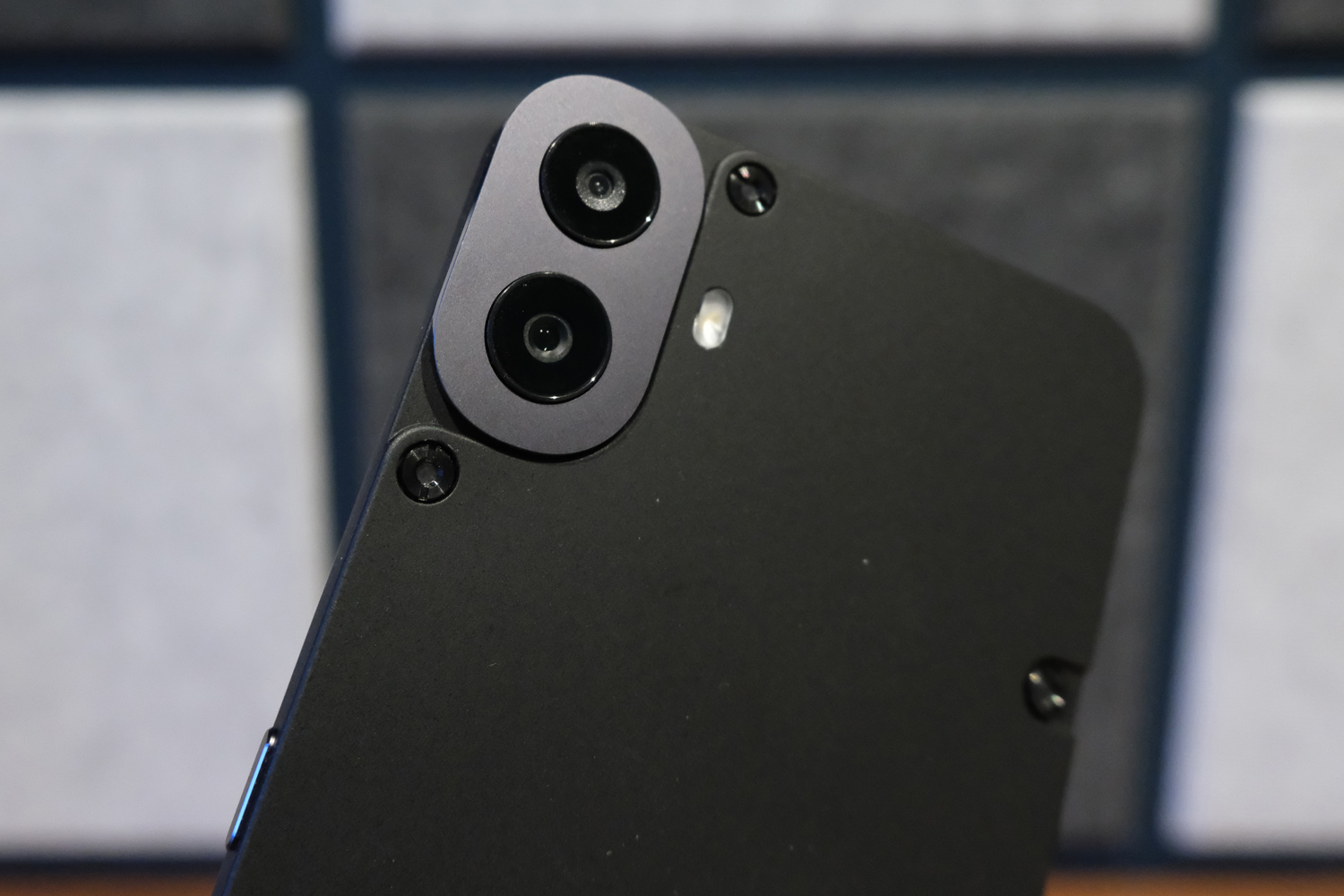
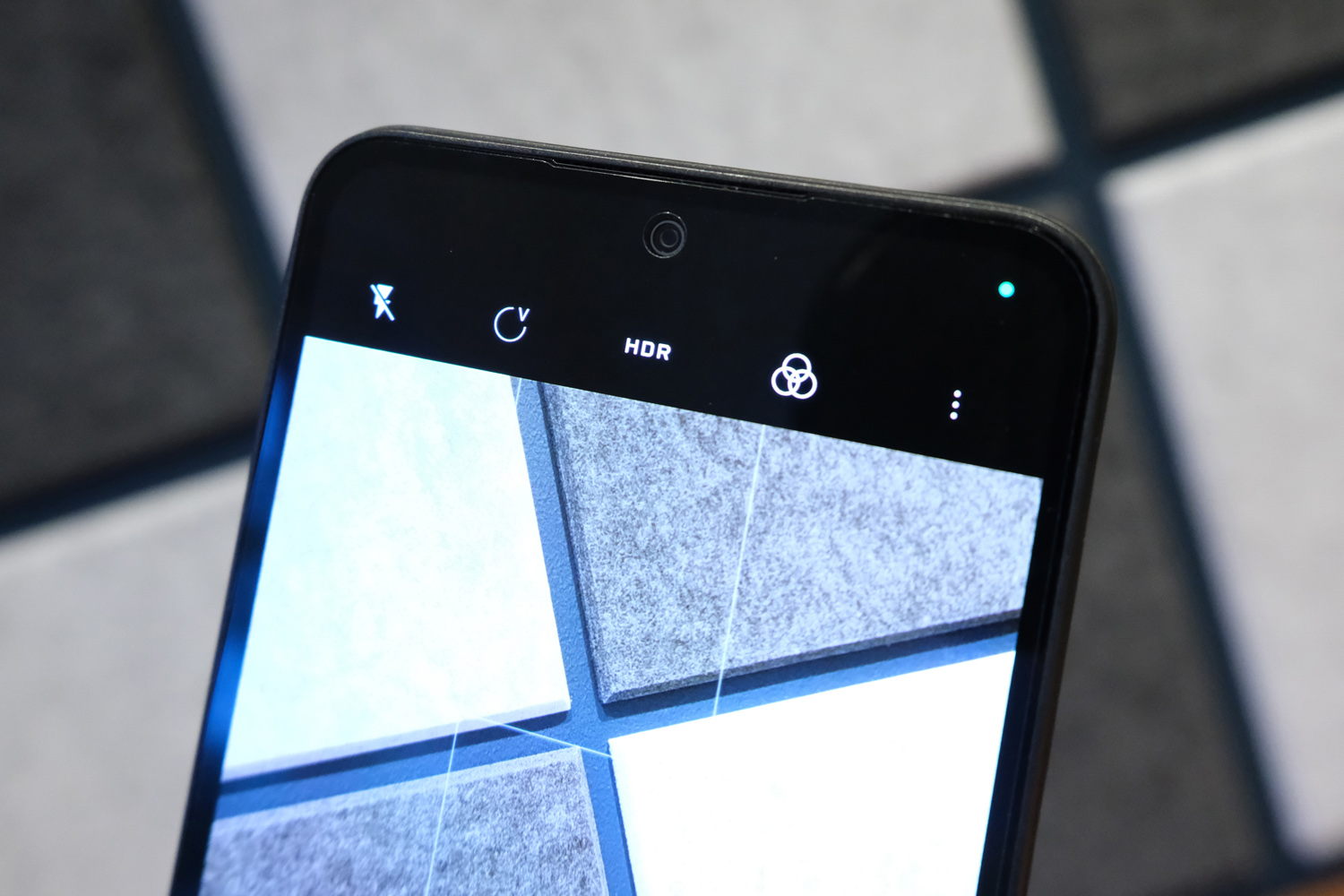
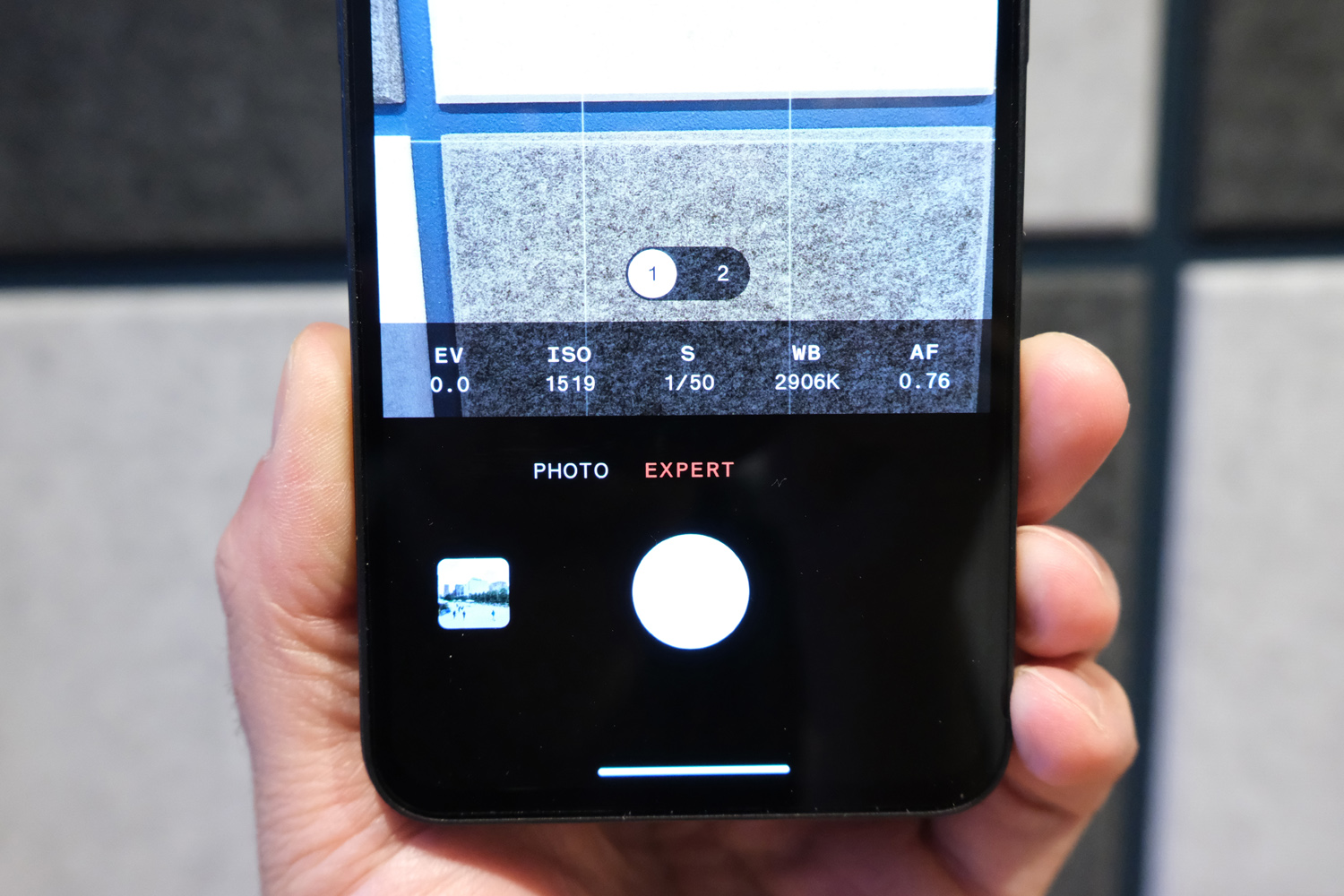
There might be two lenses on the back, but the CMF Phone 1 only really lets you use one of ’em: a 50MP Sony-supplied sensor with electronic image stabilisation (EIS). Nothing claims the second snapper is a “dedicated portrait sensor with 2x zoom”, but covering it with a finger shows only minor differences in bokeh blur effects. Zooming in in any other mode simply crops the main sensor.
I don’t think it’s as worthless as the low pixel count macro cameras usually found on entry-grade phones, seeing how many phone owners take portrait pics compared to extreme close up shots. Equally though, digital depth blur using a single lens can be pretty convincing now. I wonder if an ultrawide camera would’ve been a better shout, or if Nothing was worried about cannibalising Phone 2a sales.
Happily the lead lens is no slouch, capturing each new image quickly. The camera app showed no lag when swapping to the 16MP punch-hole front camera, either – something that plagues cut-price phones from other brands. I also like the choice of Natural and Vivid colour modes, which are becoming more common across the phone world; it’ll please both those who prefer more lifelike photos and those who insist on Samsung-style vibrant colours.
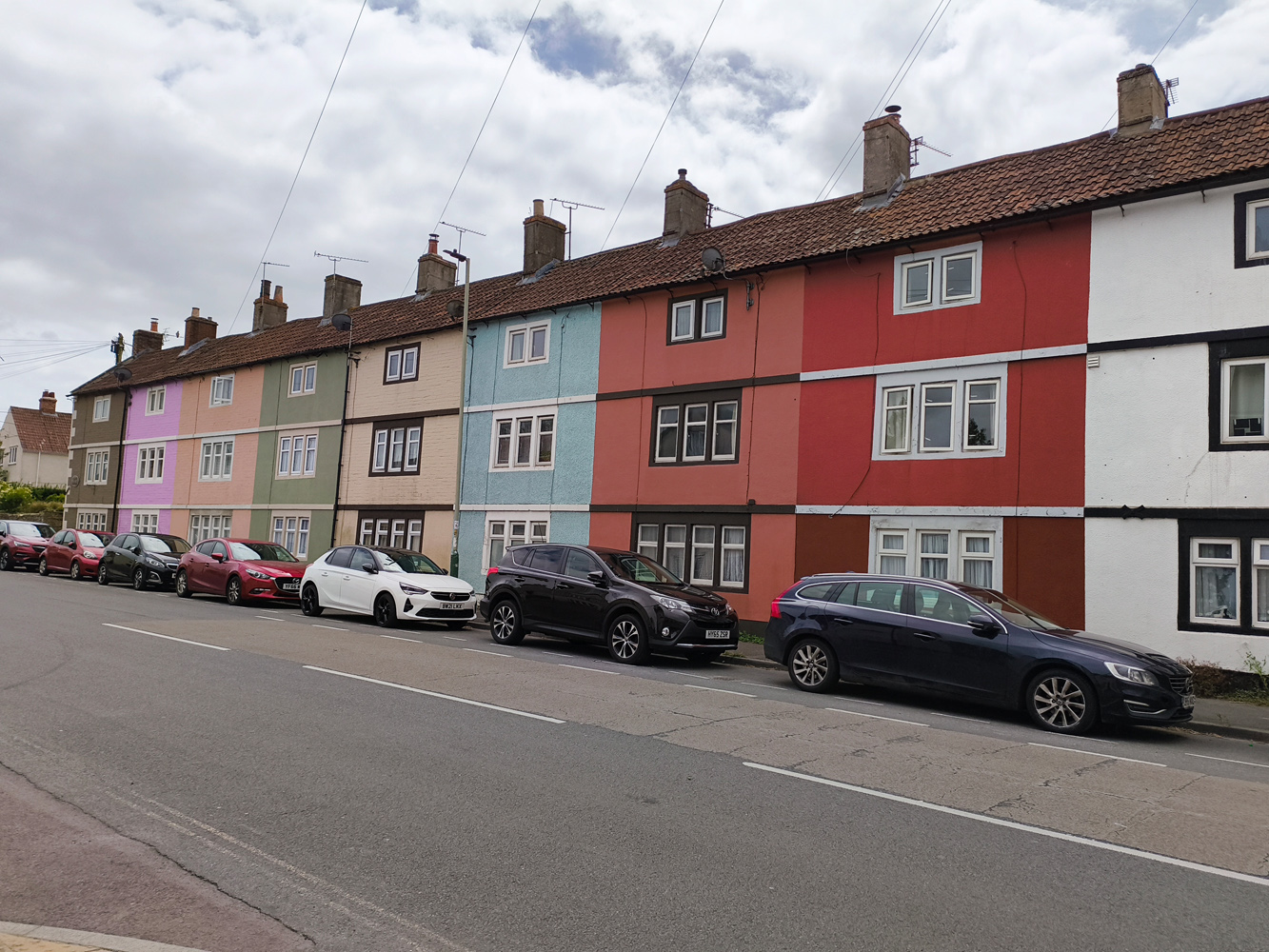


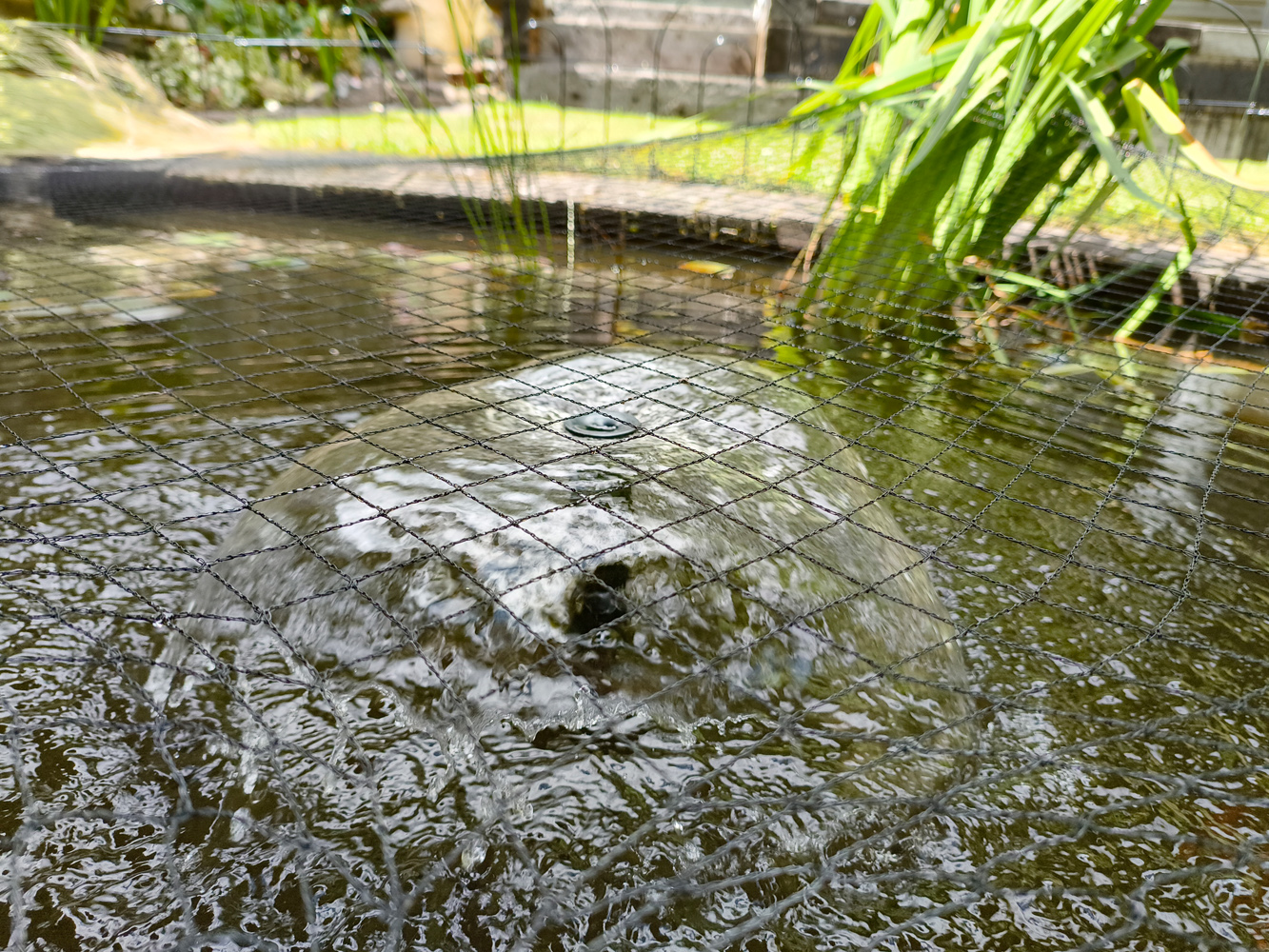




Daylight image quality is rather tidy, with well-judged exposure, balanced contrast and great surface definition. Zoom right in and those details don’t hold up quite so well, but mostly for far-off buildings and trees. It’s a similar story for the cropped 2x digital zoom. Get physically closer to your subject, though, and image clarity is very respectable. Ultra HDR can still be a little OTT with highlights at times, and noise levels indoors are merely OK.


With no optical image stabilisation, low-light photography isn’t on par with Nothing’s more expensive Phone 2a. The automatic night mode is very quick to kick in, but moving subjects are very tricky to capture clearly. Artificial brightening is just as strong here as it was on Phone 2a, making dimly lit scenes look much more brightly lit than reality.




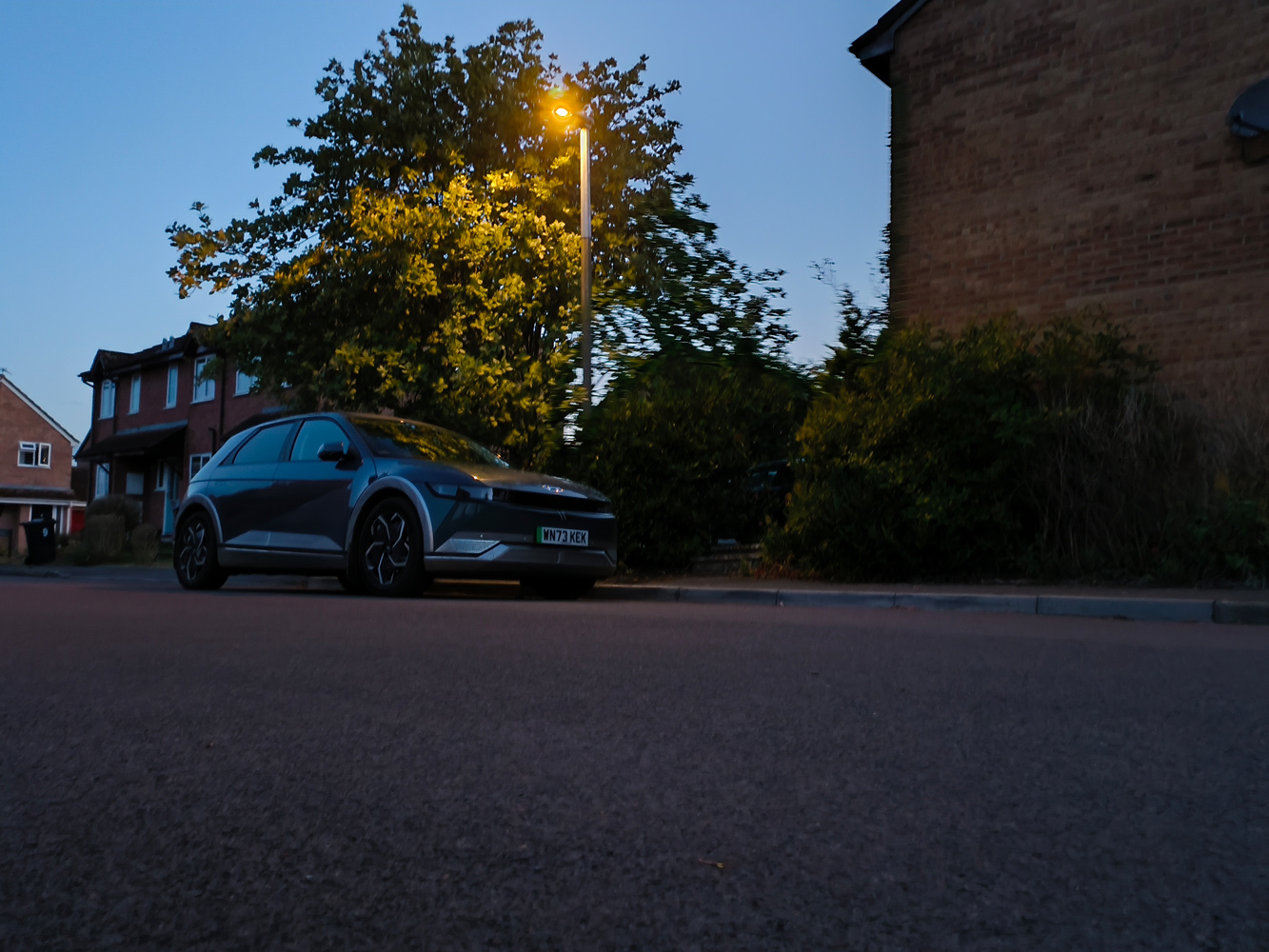
Ultimately this is a £200 phone – as long as you’re not expecting flagship photography, or even photos that rival mid-range marvels like the Pixel 8a, you’ll be happy with the CMF Phone 1’s cameras.
Software experience: nothing beats it
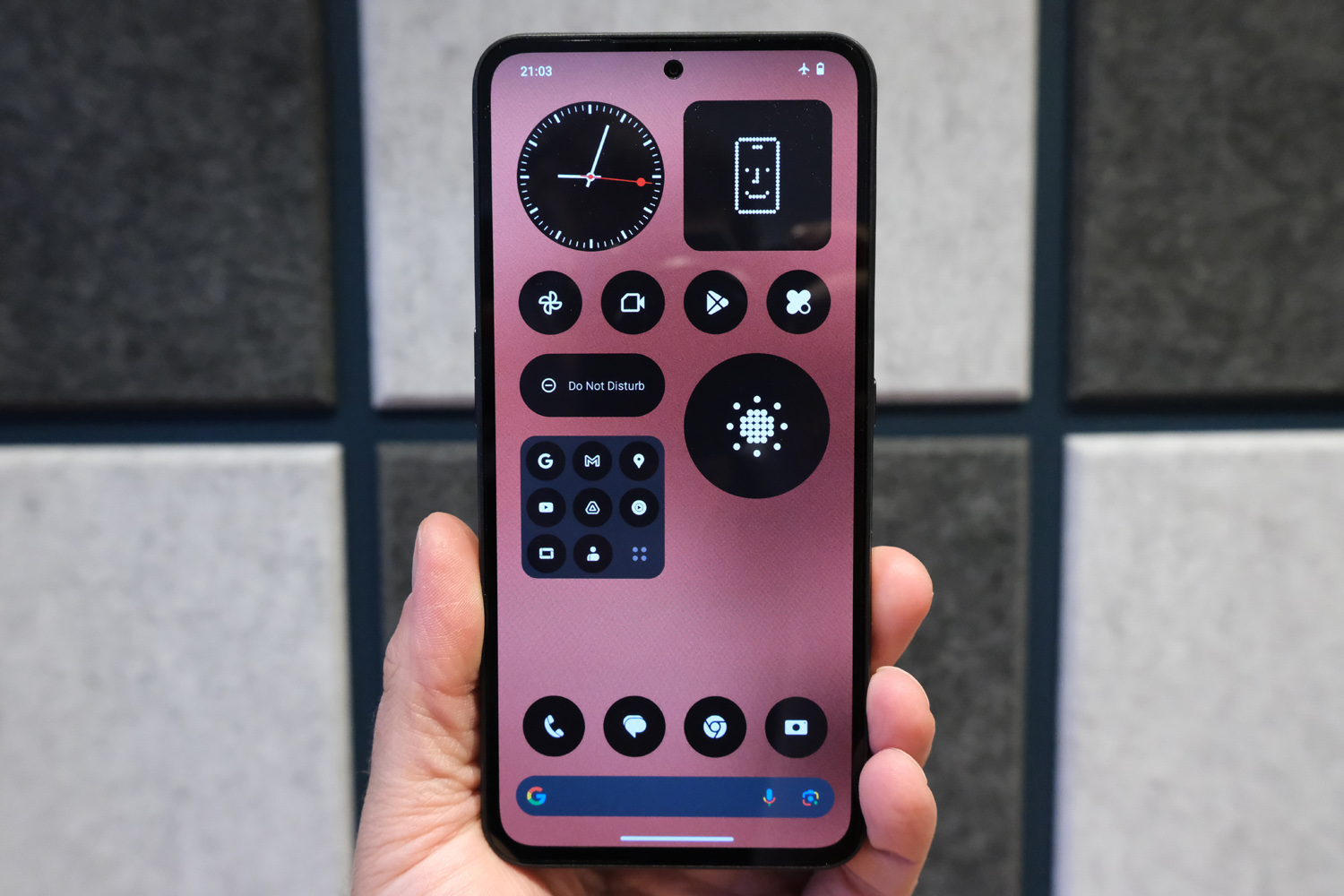
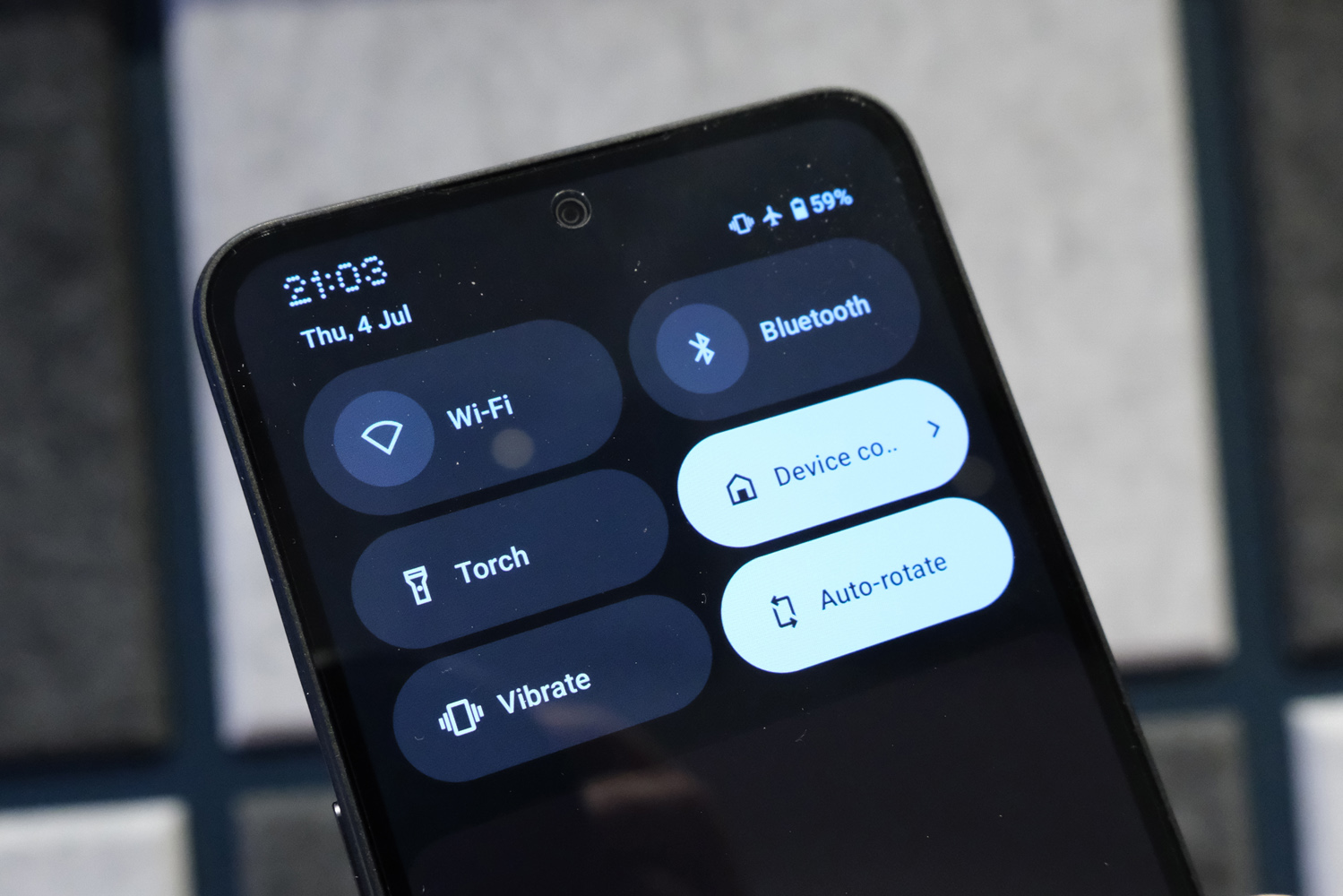
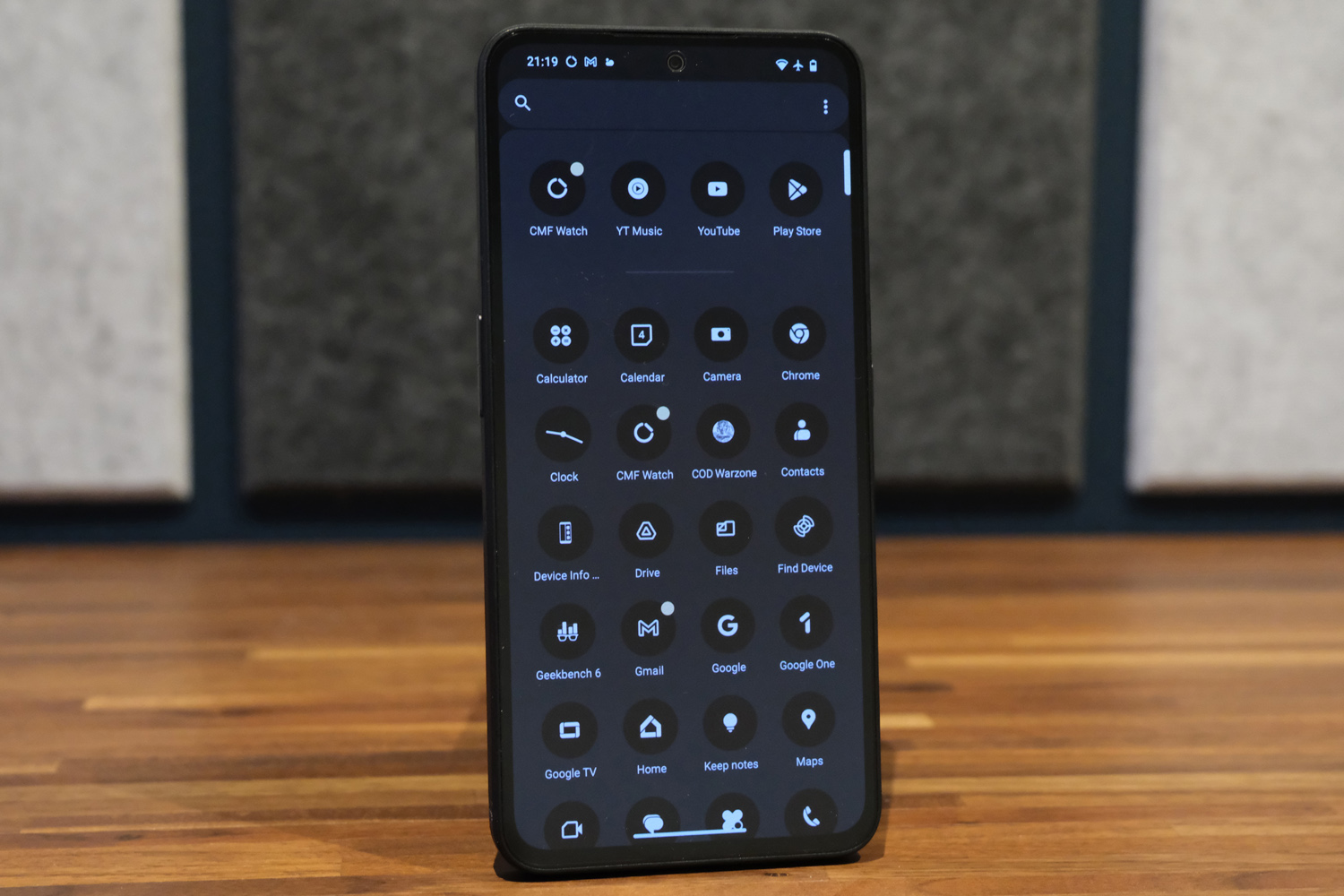
NothingOS has been my favourite take on the Android home screen for a while now. No other brands come close to matching its minimalist yet functional styling. The design consistency is superb, letting you make third party app icons monochrome with just a few taps and neatly organise everything in ultra-customisable folders. It helps make up for the lack of app labels – though you can turn them back on if you’re struggling to find your favourites.
The software is essentially the same as the pricier Nothing Phone 2a, including the comprehensive list of customisable widgets. I thought the camera shortcut might not be as useful here, given there’s really only one rear lens, but you can still specify digital zoom as well as colour mode, filter effects and photo resolution. I’m also yet to find a better built-in music widget. If you spend a lot of time tweaking your homescreen layout, there’s little else like it.
It’s running Android 14 underneath, with absolutely no preinstalled bloat. Aside from one or two Nothing-specific apps, everything else is Google’s own. Nothing hasn’t gone overboard on AI, either. There’s a version of Android’s new AI-generated wallpaper creator, and you can swap from Google Assistant to Gemini with a few taps, but that’s it.
Nothing has committed to two years of major Android updates and three years of security patches. That’s not too shabby compared to other affordable phones, but is one less than you’ll get from a Nothing Phone 2a – which has very similar underlying hardware. It’s a long way short of the pricier Pixel 8a or iPhone SE, too.
Performance & battery life: not short on either
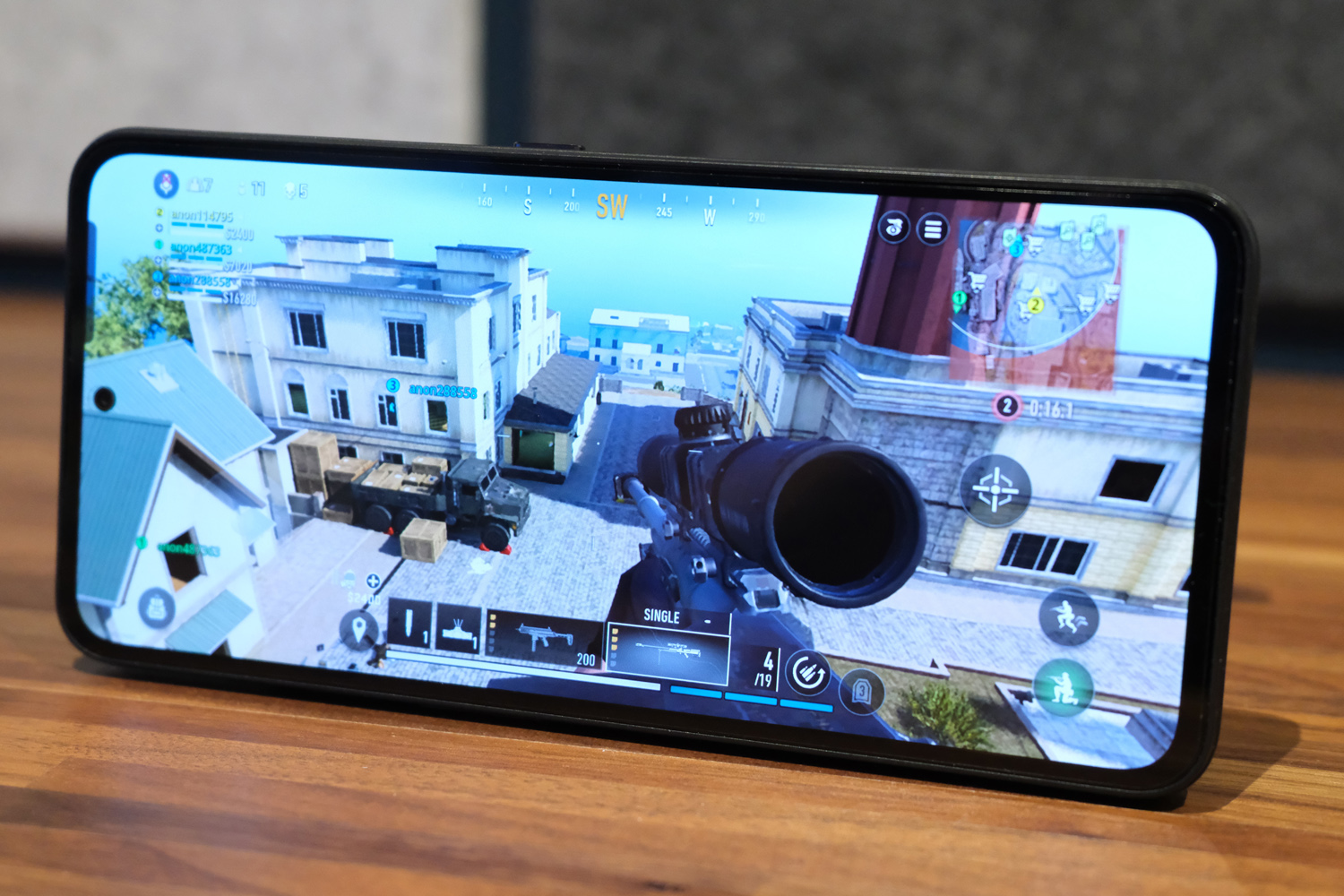
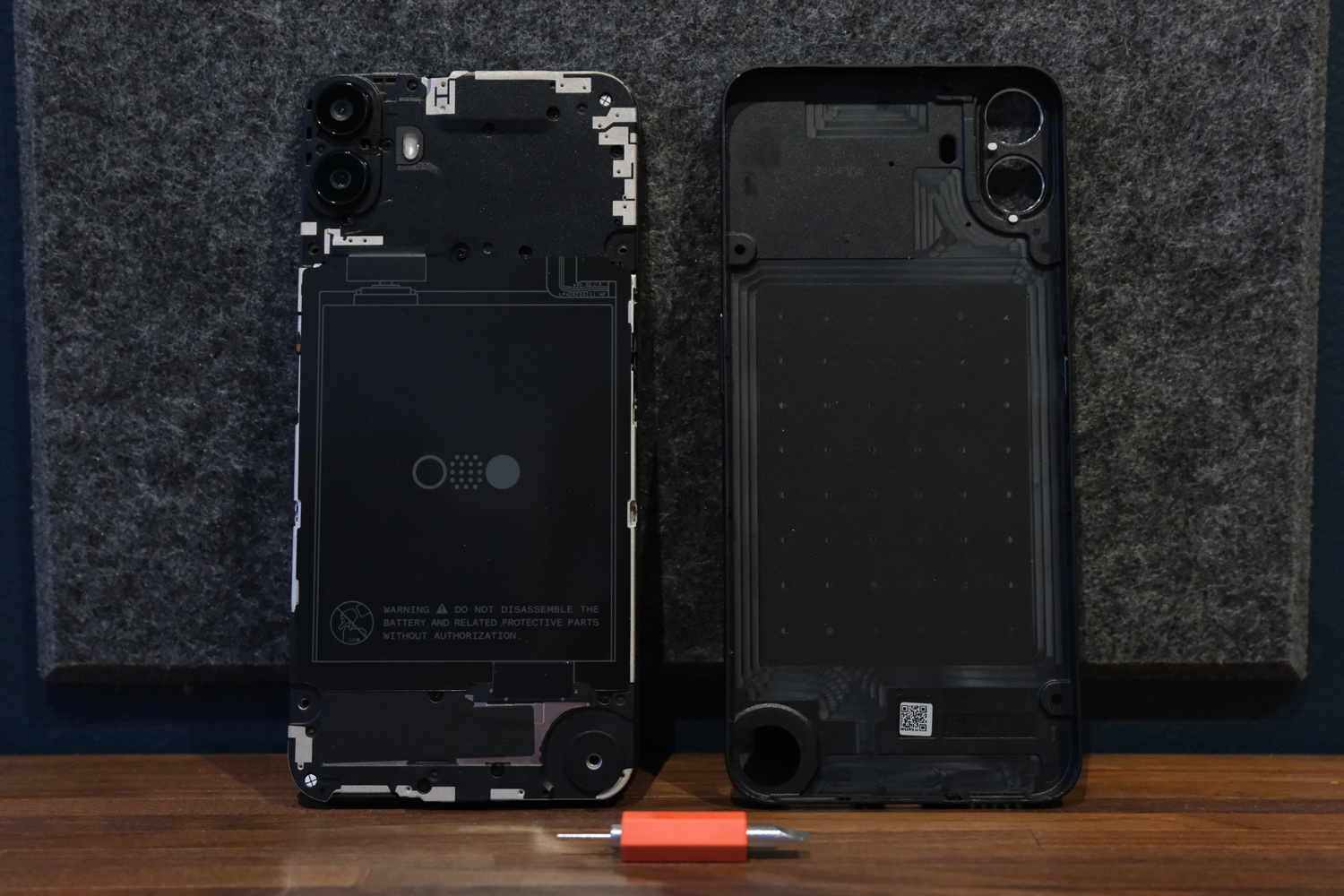
Nothing’s decision to use MediaTek hardware for the Phone 2a was controversial with fans, even if testing revealed it was perfectly punchy for a budget phone. I think there will be fewer complaints this time around. The CMF Phone 1 is cheaper still, yet its Dimensity 7300 chipset got impressively close to its stablemate in synthetic tests. Single- and multi-core scores of 1025 and 2895 in Geekbench 6 also put it ahead of the Honor Magic 6 Lite, which was nearly double the CMF’s price at launch. An HMD Pulse Pro and its Unisoq CPU are in a different league.
Ultimately, though, it’s the daily user experience that matters most in a budget phone – and on that front, Nothing has delivered. I experienced no major lag or stuttering when flicking between my most regularly used apps. Some more demanding ones took a little longer to open than they might on a pricier phone, but once loaded I had no issues. Split view multitasking was a decent experience, too.
That’s partly down to the 8GB of RAM fitted to my review unit. There’s a 6GB entry-level variant, but it’s only being sold in India. All territories start with 128GB of RAM, with the 256GB variant only costing £30 extra in the UK. But seeing as you can slap a microSD card in any time you like to add more capacity, I’m not entirely convinced it’s worth the extra cash. Update: I’ve had various reports that users are having issues with saving files to external storage – if you don’t want to wait for Nothing to address the issue, it might be worth shopping around.
Gaming isn’t this phone’s strongest suit, with most of the 3D titles I tried defaulting to low graphics settings. Call of Duty Warzone Mobile wouldn’t even give me the option to raise them further, though it played fairly smoothly from a fresh install. 2D games fared much better.
A 5000mAh battery seems to be the norm for most phones right now, even cheaper ones. Nothing has duly delivered here, with the CMF Phone 1 able to refuel at 33W from the mains over USB-C. There’s no power brick included in the box, though, and no wireless charging on board either. Not that I can moan about that, given the budget price.
With a modest chipset providing the power, I had no issues lasting a full day between top-ups. Avoiding lots of YouTube streaming over 5G and especially demanding games saw that stretch into a second day, though I was then in the red by lunchtime. That would be a decent showing for a phone costing twice as much, so here it’s very well received.
CMF Phone 1 verdict
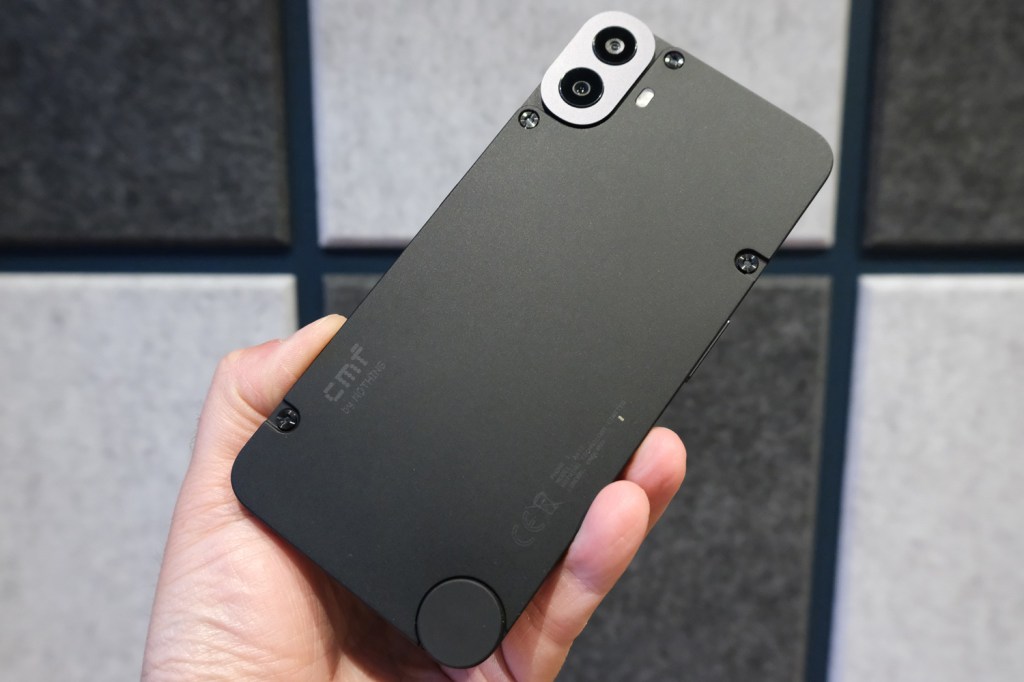
With respectable performance, a long-lasting battery and an OLED screen from a class above, the CMF Phone 1 nails the basics of a budget phone. It takes impressively nuanced photos, too – though I’m not convinced the secondary lens makes a colossal difference to portrait shots.
That it then adds in support for modular accessories and cases, while keeping the price as low as it has, shows how far Nothing has come in a very short space of time. If you’re on a modest budget but don’t want a sub-par user experience, this should absolutely be your first port of call.
Got a bit more money to spend, though? There are rivals that only cost slightly more, but promise an extra year of software support – meaning you can go longer until your next next upgrade.
Stuff Says…
Proof that decent budget phones still exist. Some clever accessories set the CMF Phone 1 apart from cheap rivals; great performance, long battery life and a gorgeous screen better almost all of ’em.
Pros
Performance and longevity you don’t expect for the money
Eye-pleasing OLED display from a class above
Screw-on accessories a neat design twist
Cons
Bad stuff 1
Bad stuff 2
CMF Phone 1 technical specifications
| Screen | 6.67in, 2400×1080, 120Hz AMOLED |
| CPU | MediaTek Dimensity 7300 |
| Memory | 6/8GB RAM |
| Cameras | 50MP, f/1.8 rear w/ portrait sensor 16MP front |
| Storage | 128/256GB on-board, microSD expansion |
| Operating system | Android 14 w/ NothingOS 2.6 |
| Battery | 5000mAh w/ 33W wired charging |
| Dimensions | 164x78x8.2mm, 197g |



